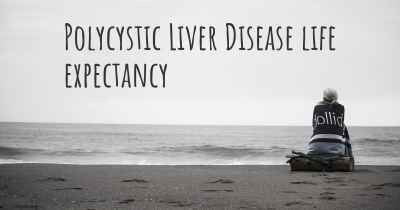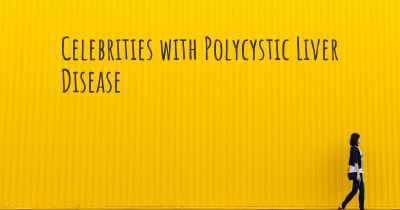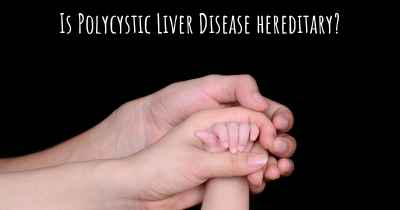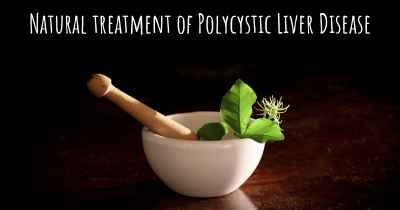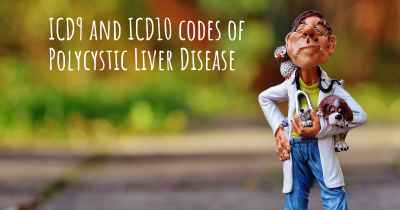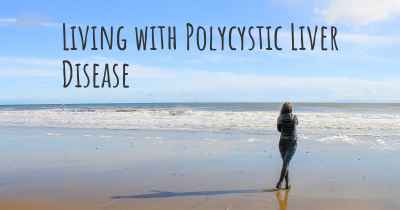What is the history of Polycystic Liver Disease?
When was Polycystic Liver Disease discovered? What is the story of this discovery? Was it coincidence or not?
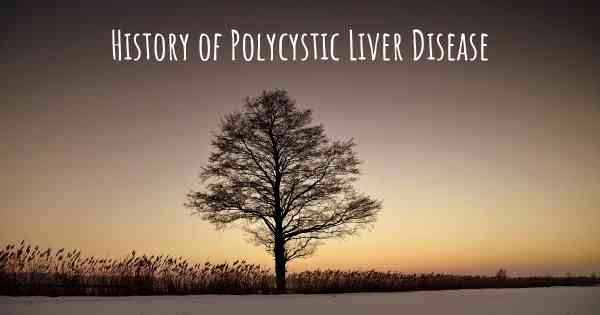
Polycystic Liver Disease (PLD) is a rare genetic disorder characterized by the presence of multiple cysts in the liver. These cysts are fluid-filled sacs that can vary in size and number, causing the liver to enlarge and potentially leading to various complications. PLD can occur as an isolated condition or in association with polycystic kidney disease (PKD), a related disorder.
The history of Polycystic Liver Disease dates back to the early 20th century when it was first recognized as a distinct medical condition. The term "polycystic liver disease" was coined in 1907 by Dr. Carl Fliegel, a German physician, who described a case of a patient with multiple liver cysts. However, it wasn't until the 1950s that further research and understanding of the disease began to emerge.
In the 1950s: Dr. Arthur Steinberg, an American physician, made significant contributions to the understanding of PLD. He conducted extensive research on the disease and proposed that it was an inherited disorder. Dr. Steinberg's work laid the foundation for future studies on the genetic aspects of PLD.
In the 1970s: Dr. Victor McKusick, a renowned geneticist, identified a link between PLD and PKD. He observed that both conditions often occurred together within families, suggesting a common genetic basis. This discovery led to the recognition that PLD and PKD are related disorders caused by mutations in specific genes.
In the 1990s: With advancements in genetic research techniques, scientists made significant progress in identifying the genes responsible for PLD. In 1993, the first gene associated with PLD, called PRKCSH, was discovered. This gene encodes a protein involved in the regulation of cell growth and division. Mutations in the PRKCSH gene were found to be responsible for a subtype of PLD known as autosomal dominant PLD (ADPLD).
In the 2000s: Further genetic studies led to the identification of additional genes associated with PLD. In 2003, a second gene called SEC63 was discovered. Mutations in the SEC63 gene were found to cause another subtype of PLD known as autosomal dominant polycystic liver disease (ADPLD2). Subsequently, other genes such as LRP5 and GANAB were also identified as causative genes for PLD.
In recent years: Research on PLD has focused on understanding the underlying mechanisms of cyst formation and growth in the liver. It has been found that mutations in the identified genes disrupt normal cellular processes, leading to the development of cysts. Additionally, studies have explored potential therapeutic approaches to manage PLD, including the use of targeted therapies and surgical interventions.
Today, the diagnosis and management of PLD have significantly improved due to advancements in genetic testing and imaging techniques. Genetic testing can help identify individuals at risk of developing PLD and provide valuable information for family planning. Imaging modalities such as ultrasound, CT scans, and MRI are used to visualize liver cysts and monitor disease progression.
In conclusion, Polycystic Liver Disease has a rich history that spans over a century. From its initial recognition as a distinct medical condition to the identification of causative genes, scientific advancements have greatly enhanced our understanding of the disease. Ongoing research continues to shed light on the mechanisms underlying PLD and offers hope for improved treatments in the future.
